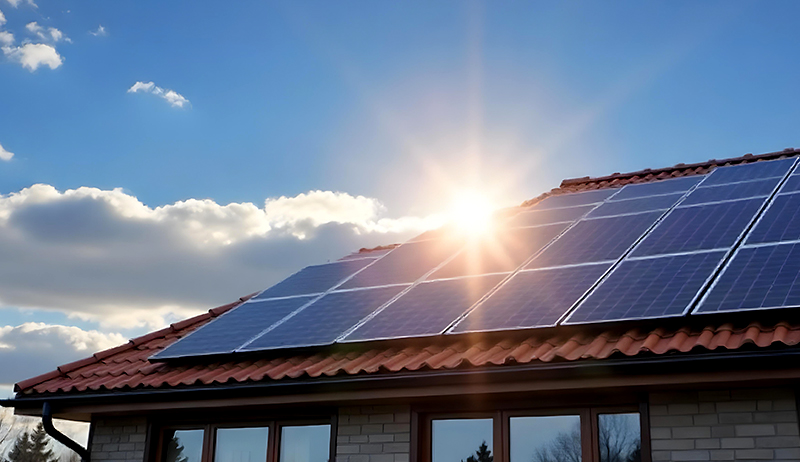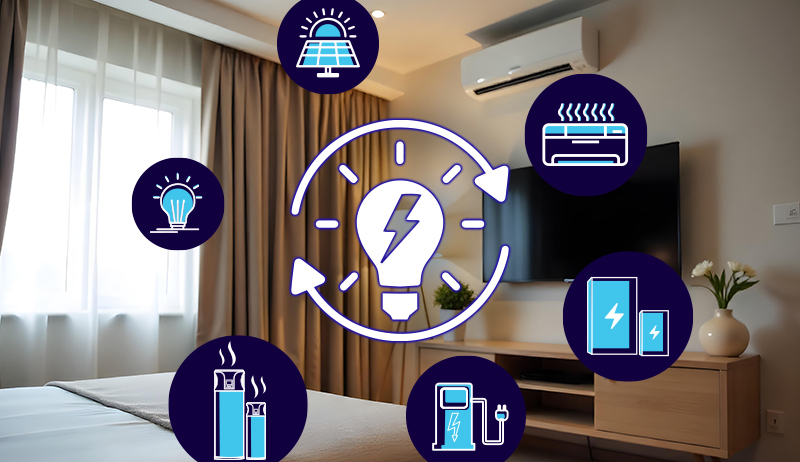The post How Many Solar Panels Do I Need? appeared first on Cyanergy.
https://cyanergy.com.au/blog/how-many-solar-panels-do-i-need/
Renewable Energy
ICE Eradicating Muslims
 Sure! Religious persecution is a long-standing way of life here in America! It’s fundamental to who we are as meanspirited racist morons, antisemites, etc.
Sure! Religious persecution is a long-standing way of life here in America! It’s fundamental to who we are as meanspirited racist morons, antisemites, etc.
Renewable Energy
The Abuse of the Working Class
 The cartoon here offers hope that the working class may be starting to figure out that they’re getting raped.
The cartoon here offers hope that the working class may be starting to figure out that they’re getting raped.
Renewable Energy
This Won’t End Well for the Minnesota Shooter
 The Trump administration is working hard to protect the ICE shooter in Minnesota, insofar as the entire legitimacy of “border patrol” personnel roaming the streets of cities 1000 miles from the border is at stake.
The Trump administration is working hard to protect the ICE shooter in Minnesota, insofar as the entire legitimacy of “border patrol” personnel roaming the streets of cities 1000 miles from the border is at stake.
But they’re going down hard here, based on the video evidence that is available to everyone on Earth.
The murderer of George Floyd is serving 21 years in prison; let’s expect roughly the same here.
And let’s hope that the sentiment of American voters re: ICE accordingly takes a shift.
Unfortunately, this whole legal process is going to take years to come to a conclusion, during which time human rights and rule of law in the United States may have all but vanished.
-
Greenhouse Gases5 months ago
Guest post: Why China is still building new coal – and when it might stop
-
Climate Change5 months ago
Guest post: Why China is still building new coal – and when it might stop
-
Climate Change2 years ago
Spanish-language misinformation on renewable energy spreads online, report shows
-

 Greenhouse Gases2 years ago
Greenhouse Gases2 years ago嘉宾来稿:满足中国增长的用电需求 光伏加储能“比新建煤电更实惠”
-
Climate Change Videos2 years ago
The toxic gas flares fuelling Nigeria’s climate change – BBC News
-

 Climate Change2 years ago
Climate Change2 years ago嘉宾来稿:满足中国增长的用电需求 光伏加储能“比新建煤电更实惠”
-
Climate Change2 years ago
Bill Discounting Climate Change in Florida’s Energy Policy Awaits DeSantis’ Approval
-

 Carbon Footprint2 years ago
Carbon Footprint2 years agoUS SEC’s Climate Disclosure Rules Spur Renewed Interest in Carbon Credits





